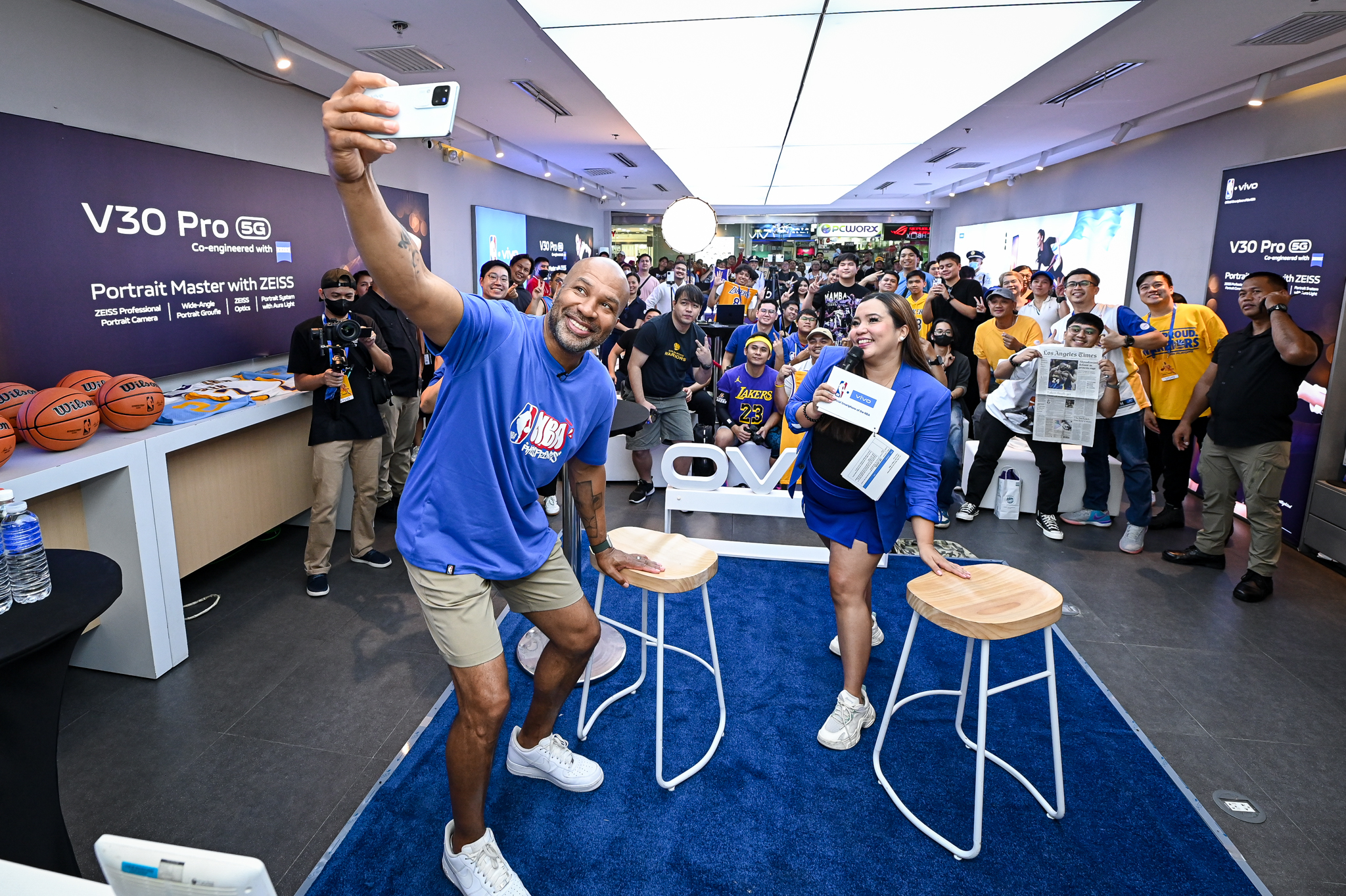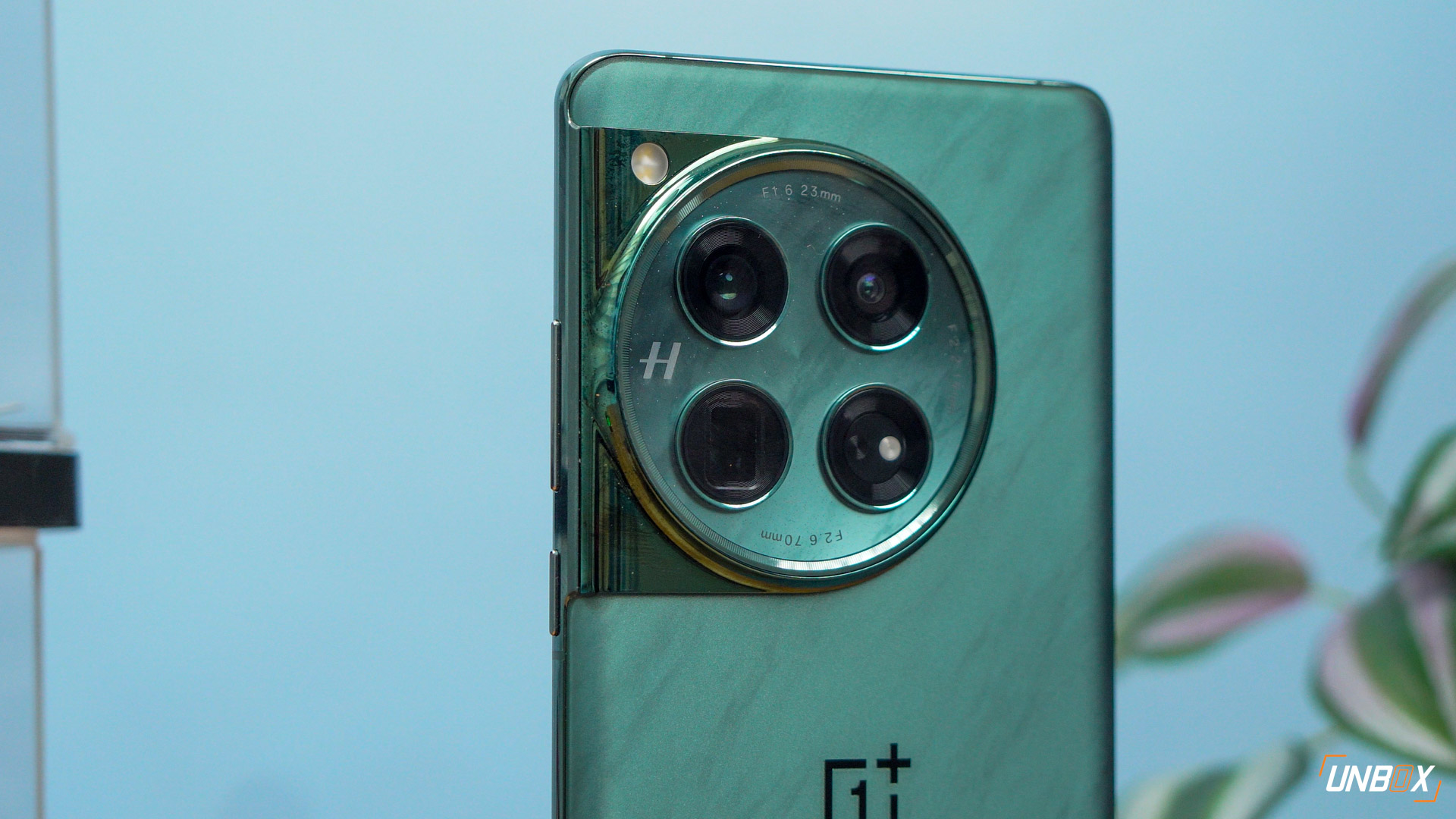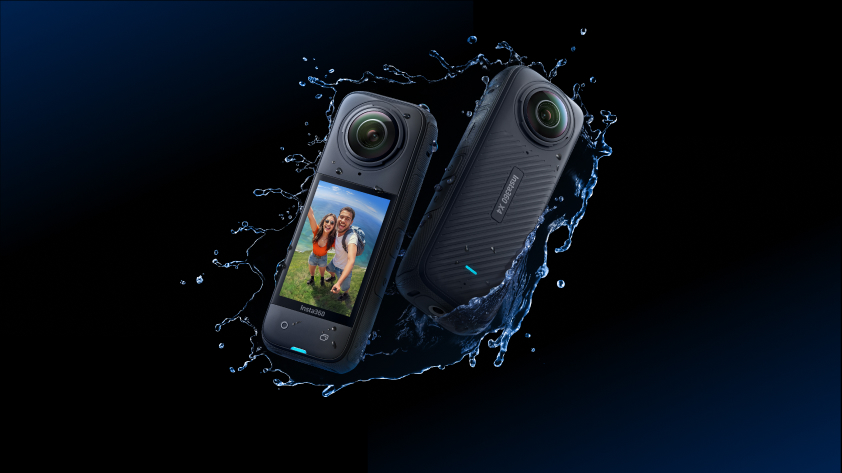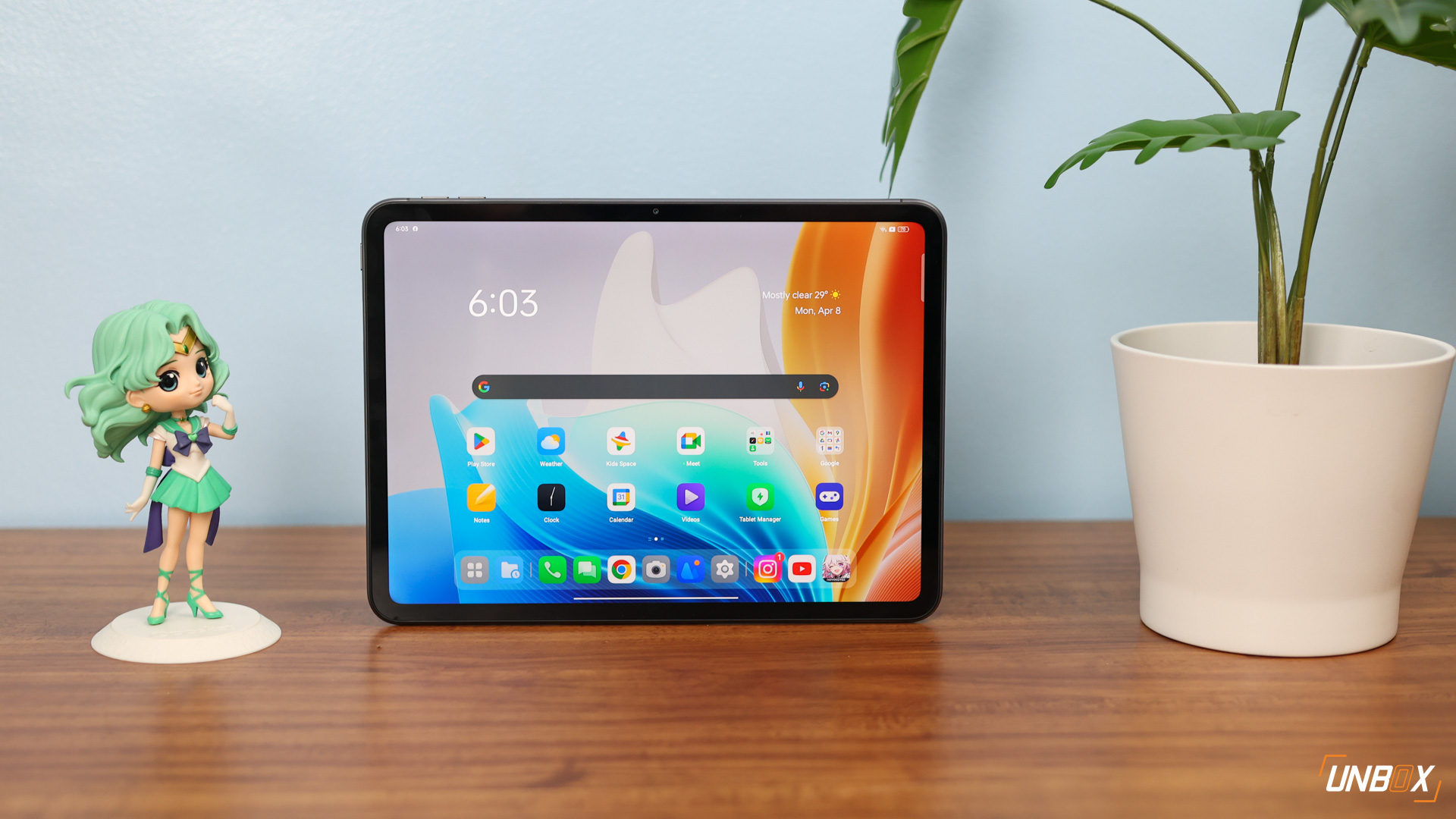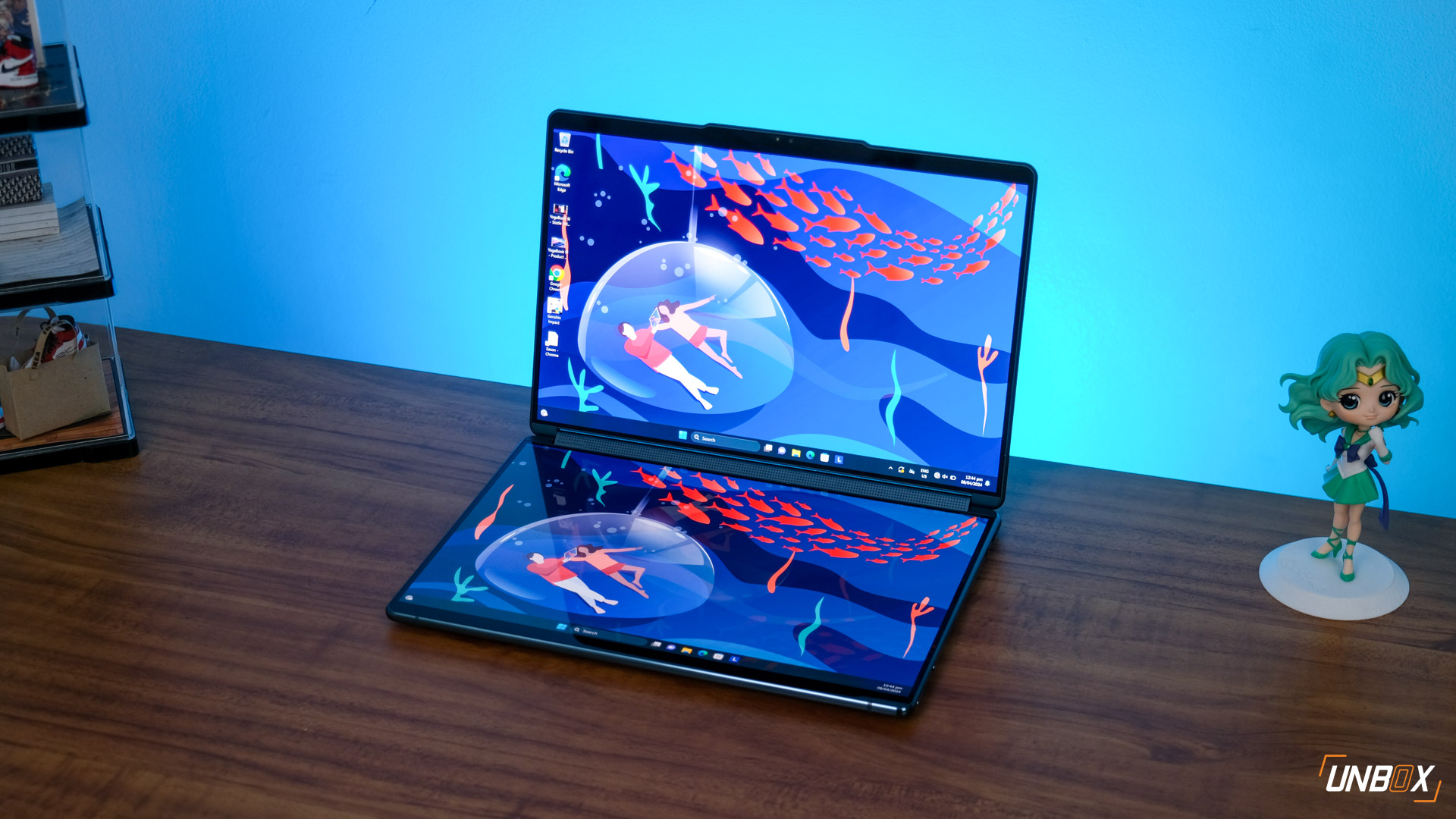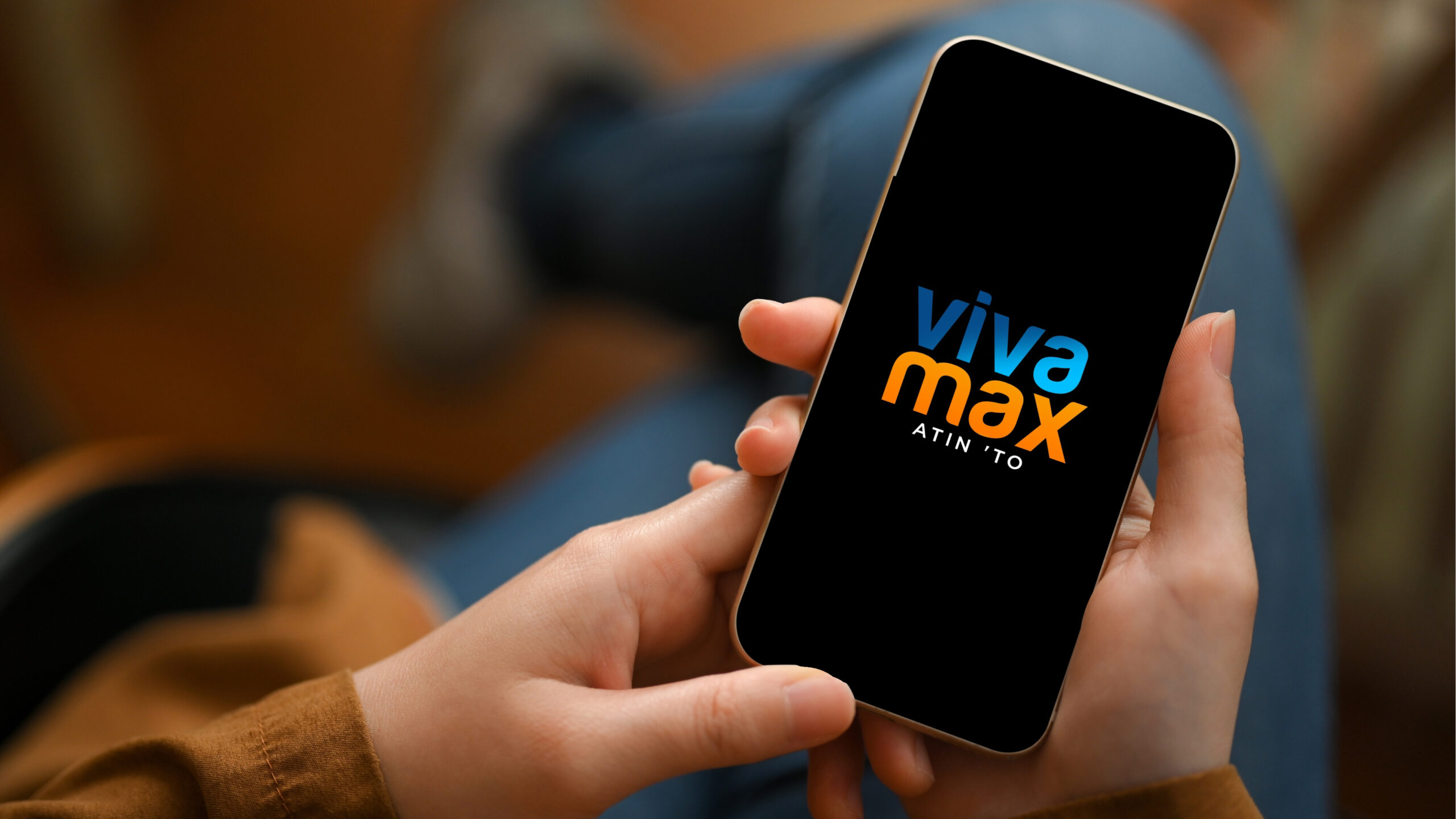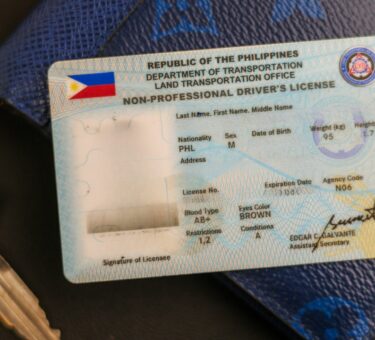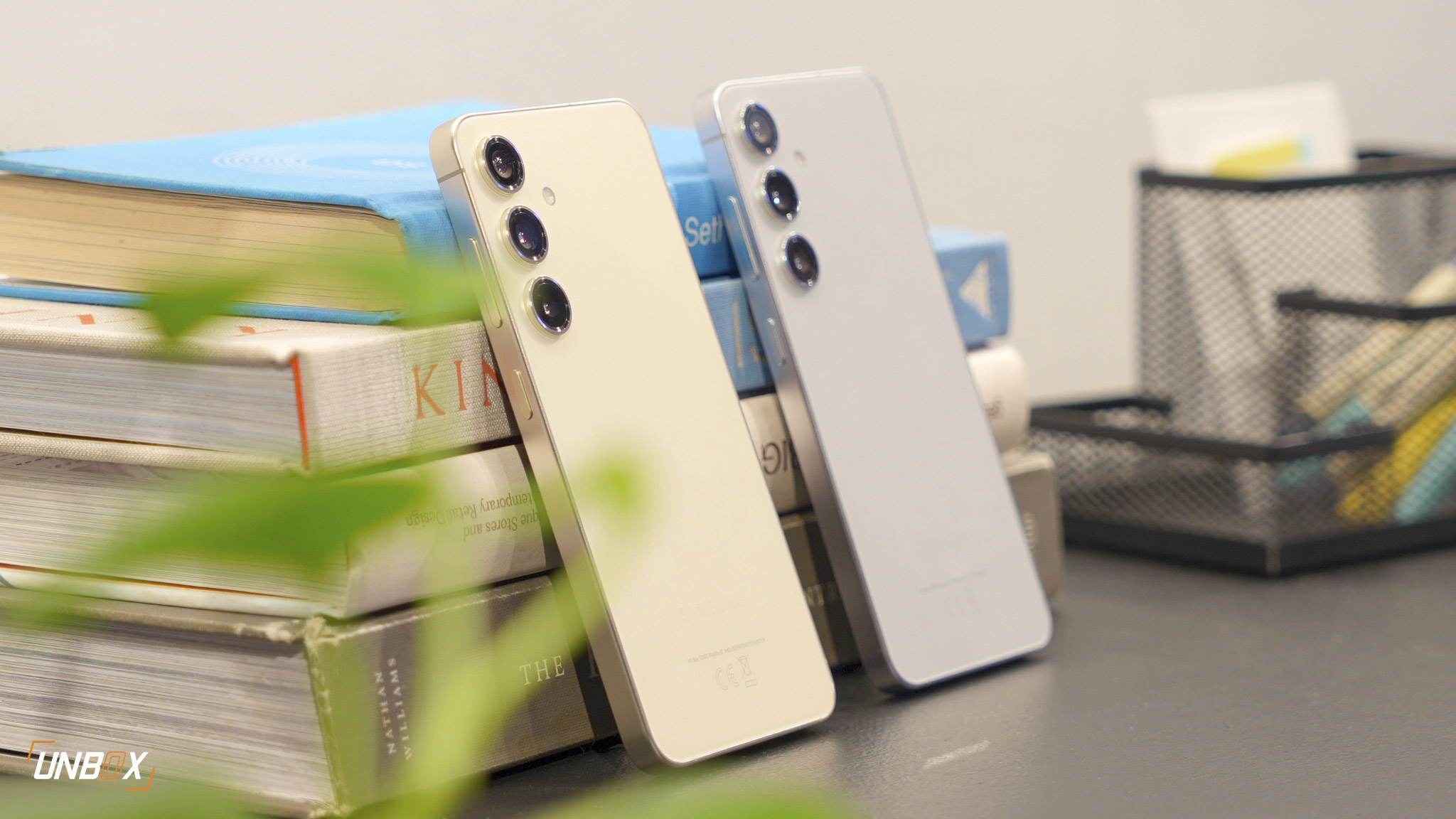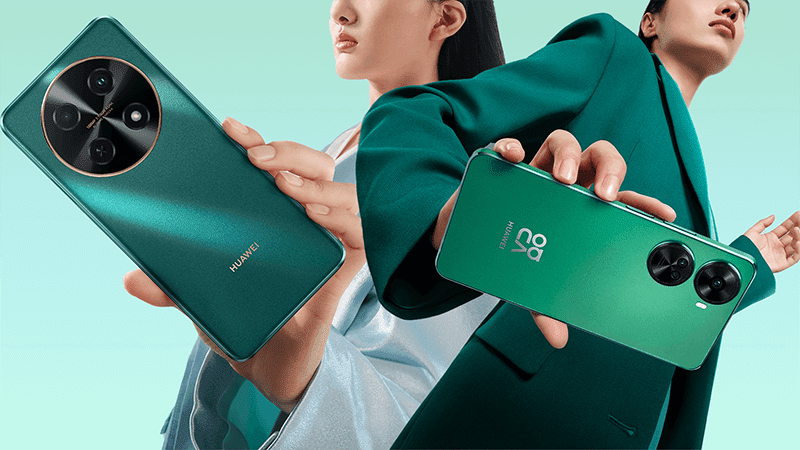The battle of the ASUS mid-ranged titans begins anew.
ASUS will be debuting its next-generation ZenFone 4 smartphone family on August 19. As such, it’s high time to see how these new handsets stack up to their predecessors. Up for today’s deliberation is the base ZenFone 4 smartphone. Billed as a dual camera phone with high-end middle-range specs, the ASUS ZenFone 4 features across-the-board improvements from last year’s ZenFone 3. How significant and useful are these upgrades? Let’s take a closer look.

ASUS ZenFone 3 (ZE552KL)
- Qualcomm Snapdragon 625 octa-core processor
- Qualcomm Adreno 506 graphics unit
- 4GB of RAM
- 5.5-inch Full HD IPS display, 1920 x 1080 resolution, 2.5D curved glass, with Corning Gorilla Glass
- 64GB of expandable storage, up to 2TB via microSD
- 16-megapixel Sony IMX298 camera, f/2.0 aperture, with laser AF, PDAF, 4-axis OIS, 3-axis EIS, dual-LED flash
- 8-megapixel front camera, f/2.0 aperture
- Dual SIM, with 4G LTE, LTE-A
- WiFi, Bluetooth 4.2, GPS, A-GPS, GLONASS
- Fingerprint sensor, USB Type-C port
- 3000mAh battery
- Android 7.0 Nougat, with ZenUI
Read: ASUS Zenfone 3 Review: Best Value For Money Phone You Can Buy

ASUS ZenFone 4
- Qualcomm Snapdragon 630/660 octa-core processor
- Qualcomm Adreno 508/512 graphics unit
- 6GB of RAM
- 5.5-inch Full HD AMOLED display, 1920 x 1080 resolution, 2.5D curved glass, with Corning Gorilla Glass
- 64GB of expandable storage, up to 2TB via microSD
- 12-megapixel Sony IMX362 primary rear camera, f/1.8 aperture, 1.4µm pixels, with Dual Pixel AF, OIS, EIS
- 8-megapixel secondary rear camera, f/2.2 aperture, wide-angle
- 8-megapixel front camera, f/2.0 aperture
- Dual SIM, with 4G LTE, LTE-A
- WiFi, Bluetooth, GPS, A-GPS, GLONASS
- Fingerprint sensor, USB Type-C port
- 3300mAh battery, with fast charging
- Android 7.1.1 Nougat, with ZenUI
Read: ASUS Officially Announces ZenFone 4
Different display technologies, mostly the same build quality

Both phones still share the same 5.5-inch display size, but the ZenFone 4 will supposedly be packing an AMOLED panel this time, compared to the ZF 3’s IPS screen. Generally, AMOLED displays have more vivid colors, darker blacks, and wider viewing angles. IPS displays are usually sharper, have natural tones, and are cheaper to produce. There’s really no clear winner on which is the better display technology.
On build quality and aesthetics, it looks like ASUS is going to retain last year’s design philosophy of sandwiching their unibody handsets with curved Gorilla Glass. There’s not much to say here except that ASUS won’t be reinventing the design wheel with the ZenFone 4.
Hardware upgrades for the ZenFone 4
The ASUS ZenFone 3 shipped with a Qualcomm Snapdragon 625 and 4GB of RAM. The ZenFone 4 will be coming in two variants – a Snapdragon 630 version and a Snapdragon 660 version. The Snapdragon 630 is noted to have 10% better performance over the SD 625. The Snapdragon 660, on the other hand, is leaps and bounds more powerful and more efficient than these two chipsets as it features customized Kryo cores similar to the flagship tier Snapdragon SoCs. The ZF 4 also pulls ahead with having 50% more RAM at 6GB.
On a minor note, the ZF 4 has a slightly larger battery pack at 3300mAh and now features a quick charging technology to easily refill its gas tank.
Two great cameras are better than one great camera

On paper, the ZenFone 4 easily has a better rear camera setup over the ZenFone 3. The ZF 4 has a newer Sony IMX color sensor with better low-light photography capabilities due to its aperture and pixel size. It also boasts Dual Pixel phase detection autofocus, the hybrid focus technology that made the Samsung Galaxy S7’s snappers one of the best in the market today. Dual Pixel AF is also a staple feature in leading DSLR and mirrorless cameras. The ZenFone 4 also has another rear snapper with a wide-angle sensor to complement the main rear shooter. We’re expecting great things from the ZenFone 4’s rear snappers.
Verdict: The ZenFone 4 is clearly the superior smartphone, however…
Even without official pricing details, it’s clear to any smartphone enthusiast that ASUS will be marking the ZenFone 4 with a more expensive price tag than its ZenFone 3 predecessor. But why, Unbox? Did ASUS really not get the memo regarding the ZenFone 3 line-up’s pricing last year?
The ZF 4’s spec upgrades – especially its addition of another rear camera – will naturally pad its pricing higher. The critical question to ask is, “How much more expensive will it be?” That will be the deciding factor in the ultimate success of the ZenFone 4.





